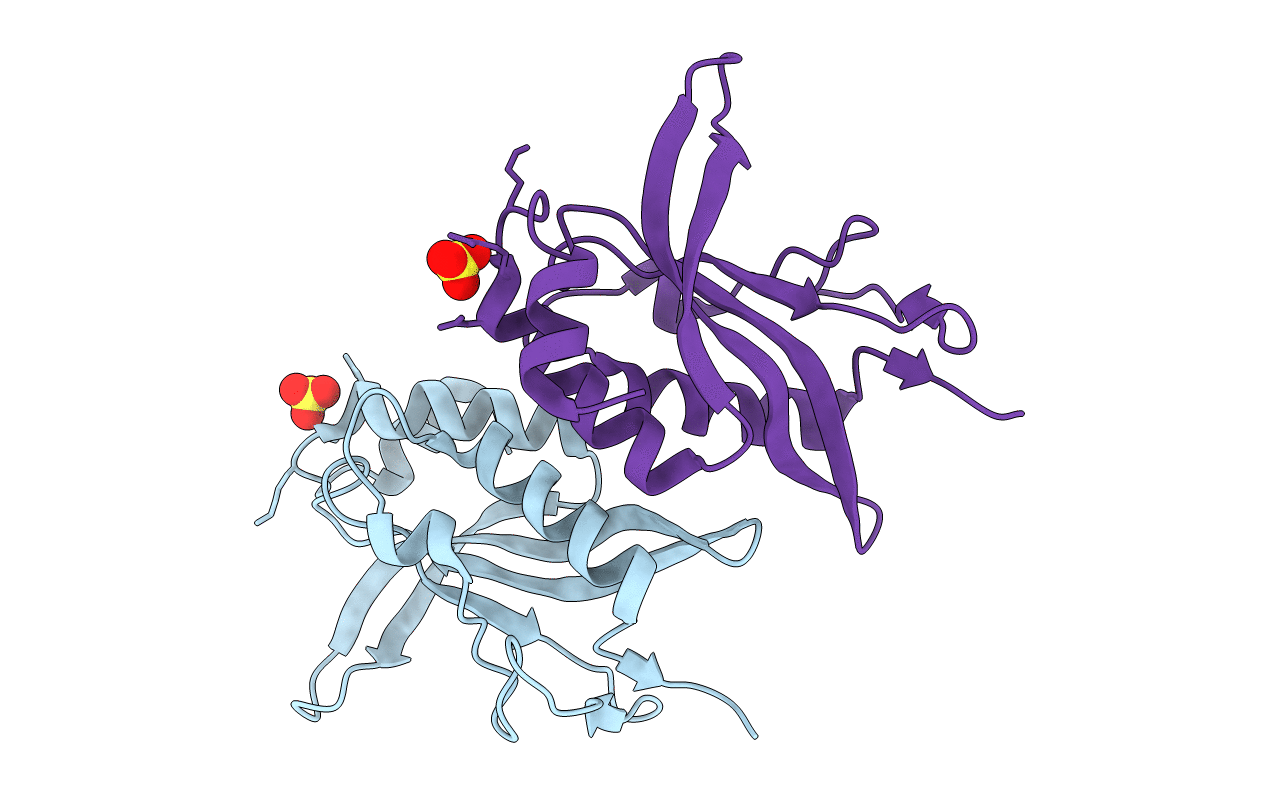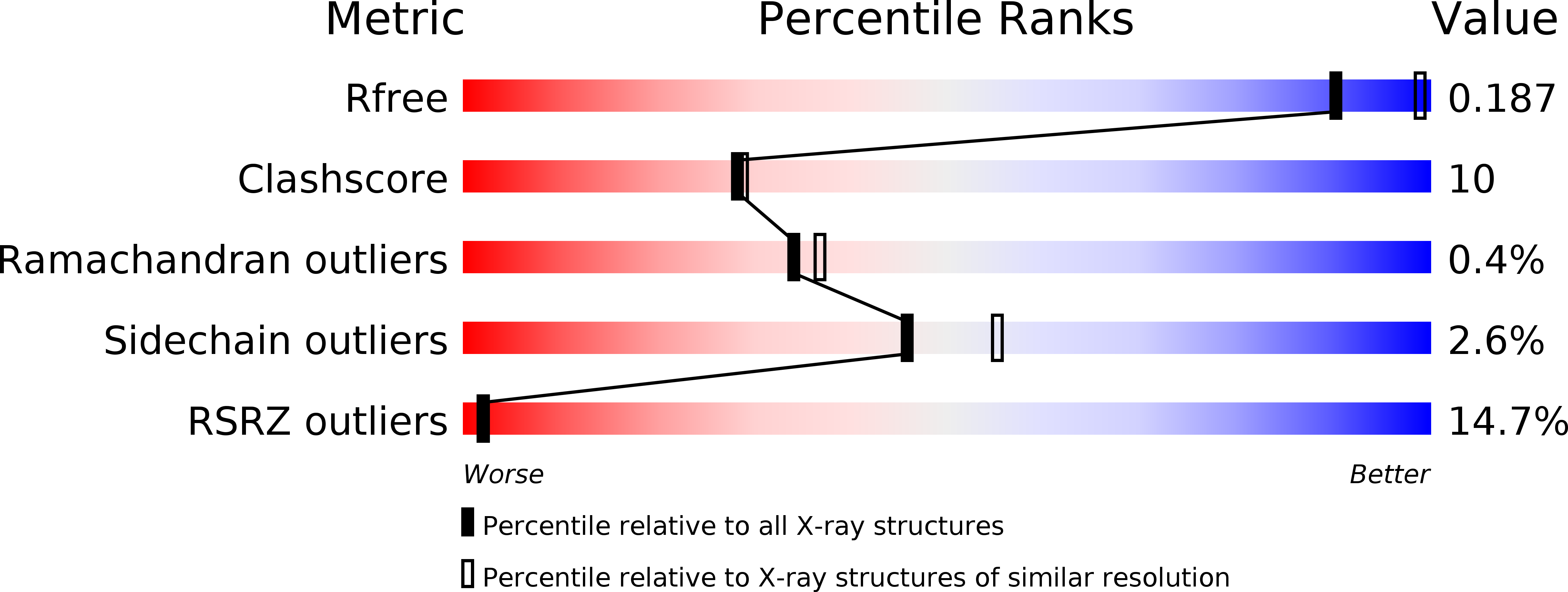
Deposition Date
2005-11-13
Release Date
2006-03-28
Last Version Date
2023-08-23
Entry Detail
PDB ID:
2F0R
Keywords:
Title:
Crystallographic structure of human Tsg101 UEV domain
Biological Source:
Source Organism:
Homo sapiens (Taxon ID: 9606)
Host Organism:
Method Details:
Experimental Method:
Resolution:
2.26 Å
R-Value Free:
0.24
R-Value Work:
0.18
R-Value Observed:
0.19
Space Group:
H 3


